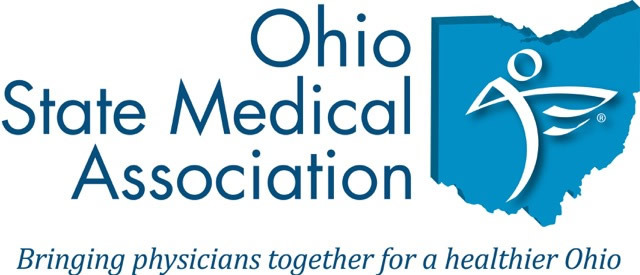Complete Story
02/15/2021
Medical Board Meeting Highlights
The State Medical Board of Ohio met on February 10, 2021. Below are highlights from the meeting:
Budget Request
The medical board has requested additional funds from the State for the purpose of adding additional staff such as investigators and a medical director. The medical board currently does not have a medical director. This would be a new position.
Interstate Medical Licensure Compact
Legislation is currently pending in Ohio that, if passed, would add our medical board to other state medical boards who have joined a national medical licensure compact. The Interstate Medical Licensure Compact offers a voluntary, expedited pathway to licensure for qualified physicians who wish to practice in multiple states. The Compact significantly streamlines the licensing process.
Applying for licensure through the Compact eliminates the need to manage multiple applications—including the time and expense of communicating with more than one state medical board.
OSMA supports Ohio’s participation in the compact.
Medical Marijuana Review Committee
The medical board reported that they received 30 requests to add additional conditions to Ohio’s list of qualified conditions that enable a patient to access medical marijuana. Many of the requests were redundant or did not include sufficient information. The board will be reviewing the following medical conditions:
- Autism (2 petitions)
- Huntington’s Disease
- Panic Disorder with Agoraphobia
- Restless Leg Syndrome
- Spasticity and Spasms
- Terminal Illness (2 petitions)
The board will perform independent research and seek out expert opinions before issuing a final report this summer.
ICD-10/OARRS Reports
The medical board reported that they are currently working with the pharmacy board to enhance the OARRS informational reports that physicians receive. The boards are developing educational materials regarding a physician’s obligation to include an ICD-10 code when prescribing controlled substances to patients. According to pharmacy board data presented at the medical board meeting, about 20% of prescribers are failing to provide this required information. OSMA will work with both boards to circulate educational information to providers.
As a reminder, detailed information about prescribing controlled substances for pain is located on the medical board’s website. You can also access OSMA's informational video about prescribing for acute and chronic pain.
